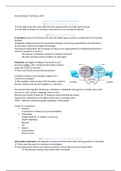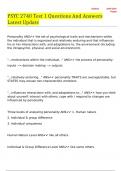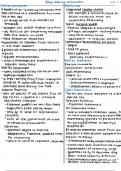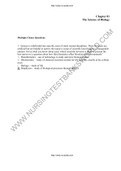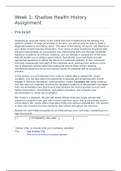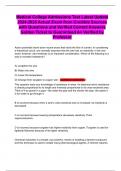Summary
Summary introduction to e-business and online commerce
- Course
- Institution
- Book
Full summary of the book E-Commerce 2019 by Kenneth Laudon, for the Minor E-Business and Online Commerce (chapter 1 to 12). Introduction to E-Business and Online Commerce
[Show more]
